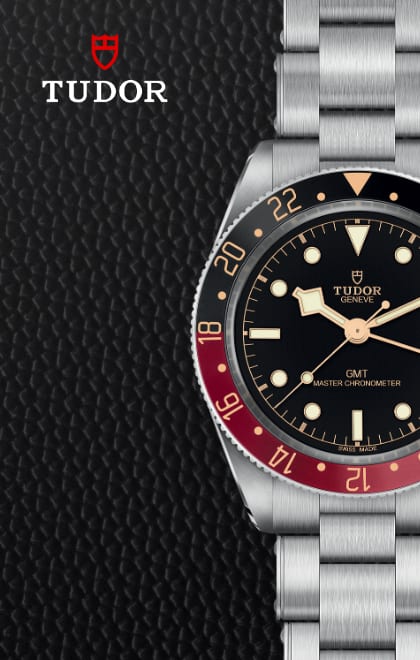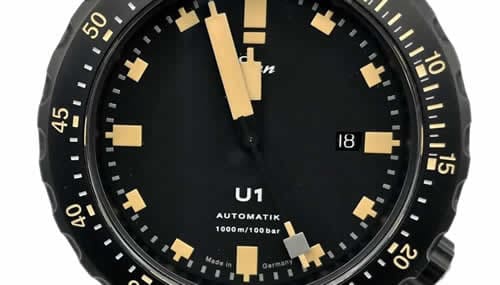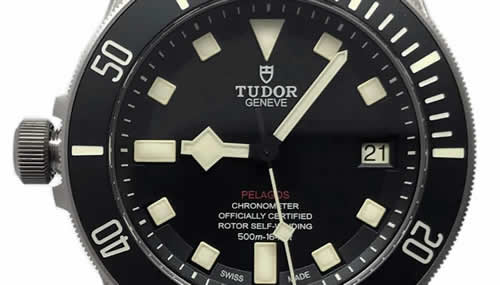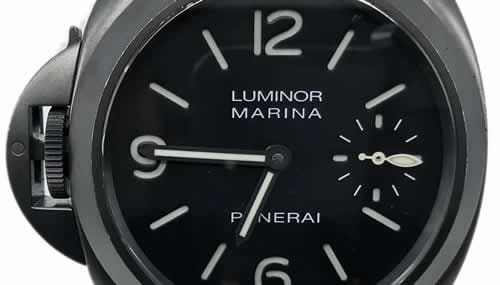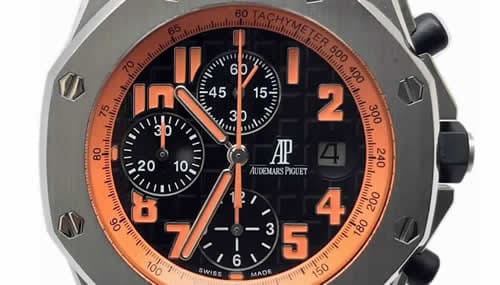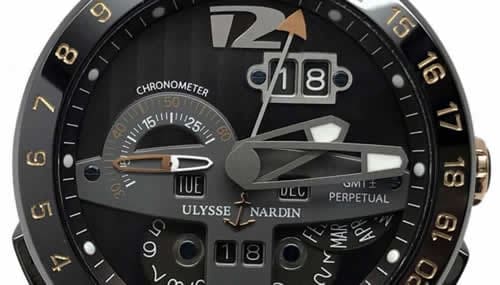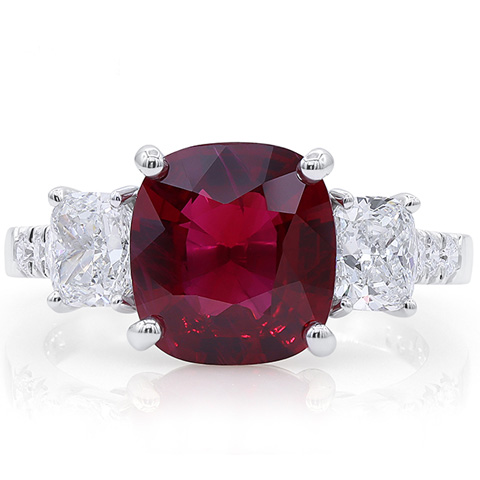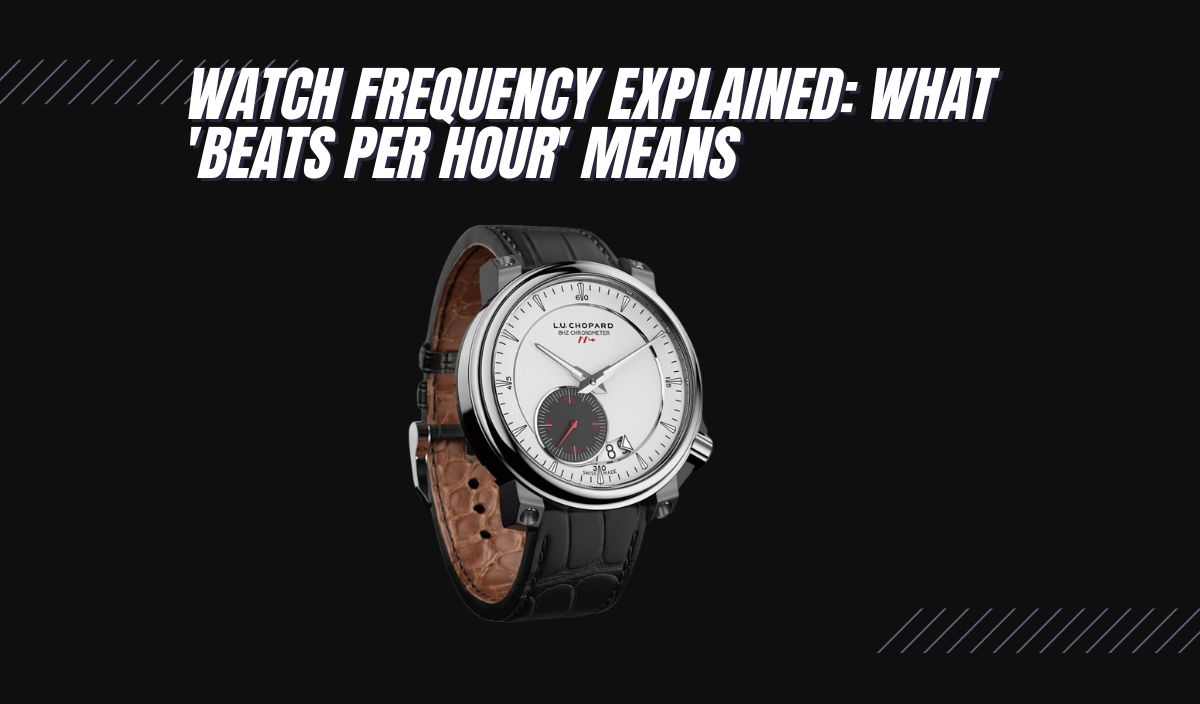
Watch Frequency Explained: What “Beats per Hour” Means
At this point, it’s not up for debate that watches are masterful works of art. Today, the skill of the average watchmaker is the highest it’s ever been, with designs only increasing in aesthetical prowess, polishing becoming more precise and elegant, and the mechanics only becoming more intricate and more dynamic.
As watchmakers hone their craft and continue to give us complicated masterpieces that defy everything we thought was possible in the world of horology, it can become increasingly difficult to keep up with all the designs and materials, but most of all, movements.
Just how precise do you need your watch to be? Does speed have anything to do with it? What is frequency? What does “beats per hour” mean? All valid questions that can confuse many who consider themselves experts in the field.
Explaining the Frequency of Watch Movements
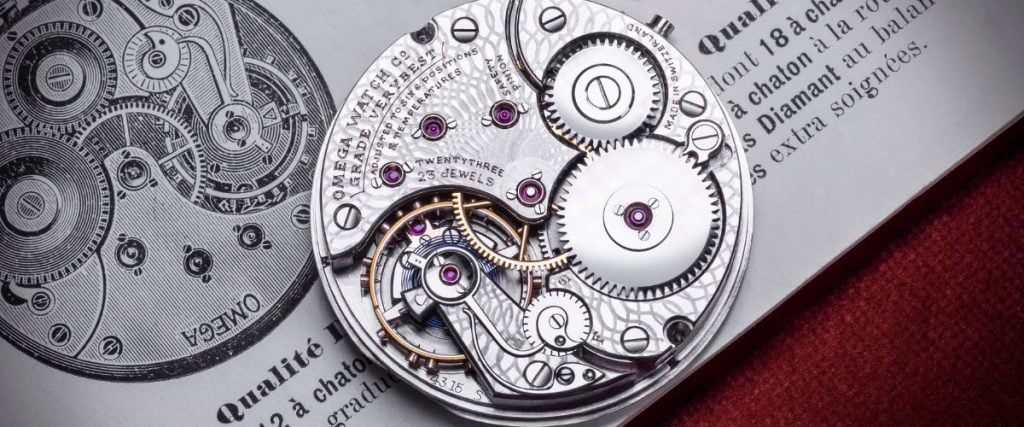
To explain it as simply as possible, a watch’s frequency is explained by the total number of oscillations the hairspring and balance wheel perform over time. This information is shared in either the movement’s total Hertz (Hz) or vibrations/beats per hour (vph/bph).
If a watch ticks at 10 hz or 72,000 vph/bph, this means that the balance wheel is experiencing 72,000 oscillations per hour. But how is that determined? (Stay with me; we’re going to have to do a little math.)
A single oscillation translates to a total of two vibrations/beats per second. A vibration or beat is only counted when the balance moves in a single direction and the oscillation is counted when it moves back to its original position (this is the tick tock sound that you hear when you press your ear up against the dial.) Because it swings back and forth like a pendulum, there are two movements (tick and tock) before the oscillation occurs.
For a 10hz watch, ten oscillations per second equals twenty vibrations/beats in the same period. Since there are 3,600 seconds in an hour, you multiply twenty vibrations/beats by 3,600 to get 72,000 vph/bph.
At first glance, it can be confusing. Once you understand how fast your watch moves, however, it’s quite simple to calculate the vph/bph—and that’s if you have to calculate it at all; most watches simply tell you.
Watches have evolved from the simple, slow-moving mechanical pieces from back in the day. Traditional, low-frequency mechanical pieces are timeless classics, most would agree, but now, with the introduction of quartz technology, watches are able to reach frequencies never before imagined by anyone in the scene.
Despite the dominance of quartz moveme,nt however, many watchmakers sought to revolutionize mechanical watches by producing a new type of movement called High-Beat movement. These pieces aim for a frequency exceeding 28,800 vph/bph, aiming for even greater precision while keeping the iconic look of traditional mechanical pieces.
As the industry continues to evolve, I would encourage all enthusiasts to properly research what kind of movement they are looking for, and what it does concerning the rest of the piece.
As new movements develop and technology advances, the potential for watchmaking only grows, with new power looking to be harvested around every corner, and truly revolutionary frequencies waiting to be discovered and enjoyed by all enthusiasts and casual wearers alike. I am excited, and you should be too.
Different Watch Frequency Speeds
The four most common frequency speeds are:
- 28,800 vph (4Hz)
- 21,600 vph (3Hz)
- 36,000 vph (5Hz)
- 18,000 vph (2.5Hz)
If you are looking for anything faster and more accurate, you’re most likely going to be spending a little more money while shopping at more widely recognized names. For the average consumer—and even a collector who does not particularly care about the movement of his piece—these speeds will do more than enough.
Higher frequencies are associated with more high-end names, but there are plenty of “slower pieces” that are considered to be extremely well-made watches. Don’t think that your watch has to reach an absurd frequency to be considered a “proper piece” (whatever that means). There are plenty of other factors that can contribute to the quality of your watch’s movement.
Is Speed the Only Thing that Matters in a Watch Movement?
Speed is only one of the key ingredients that a high-quality watch requires to perform well. We already talked about watch frequency, but there are many more components that regulate accuracy, the precision of the gears, and many more.
For example, jewels in watches aren’t just for show. Although they do look beautiful, they act as bearings for the gear train. Jewels have little to no friction, which makes them perfect for helping move the energy from one part of the watch to another.
Jeweling was invented at the beginning of the 18th century, and the advantages it brought to the table were made clear once the production of synthetic rubies became more practical and common. Today, most jewels are friction fit into the watch movement.
Funny enough, there is much more information associated with water resistance than you might think. There are two different standards for water resistance—divers watches and normal watches.
The primary difference is the rigor and frequency of testing. For example, say you were wearing a watch with a 30-meter water resistance. That means that your watch will most likely be okay should you decide to submerge yourself 30 meters underwater (recreational diving takes place between 30 and 40 meters; that’s why this information is relevant).
But, for diving watches, the testing criteria would obviously have a higher standard because divers are exposing themselves to higher water pressures. The standard for dive watches is 100-meter water resistance at a minimum, which is double the depth of recreational measurements, so any modern watch at that rating would be exceptional for any basic water activity.
Most people won’t need anything beyond that, but for the deep-divers, there are watches that come with a 300-meter water resistance. If any casual watch wearers were to purchase one of those, then be assured your piece will never even feel damp, let alone damaged.
At this point, most automatic watch movement is universal, with most clocking in at 28,800 vph. Countless engineering decisions achieve every mechanical movement, each one coming essentially at the expense of the other.
For example, a high-beat movement will come with better rate stability, assuming that all other factors are equal—but all other factors are never equal. What makes the watch movement seem like a never-ending dilemma is how the problems and benefits of various beat rates are addressed in the movement itself. A modern watch running at 18,000 vph should immediately catch your eye. Anything above 28,800 should as well.
I guess the final question that remains is: is a high frequency actually better? To put it simply, watches that beat at a higher rate are more accurate because the faster the balance oscillates, the quicker the recovery time. The tradeoff, however, is that due to the faster and more frequent movement, wear and tear is increased because there is far more pressure being placed on the wheel pivots.
So, if you purchase a watch with a higher frequency, be sure to schedule routine checkups to ensure that wear and tear doesn’t cause any substantial damage. A high-beat watch isn’t necessarily better than a low-beat watch; it just means they are different. Each presents their own benefits and drawbacks.
Explore the
Biggest Pre-Owned Collection of Luxury Watches
For example, a lower-frequency watch wouldn’t have to be checked up on as much because it’s not putting as much strain on the wheel pivots as the higher-frequency watch is. Lowering the frequency also raises the watch’s overall power reserve. This is because less energy is being consumed due to the slower movement, allowing for a longer duration.
The drawback of low frequency is that—obviously—you are getting a less accurate reading, and it’s not moving as fast. It all just depends on what you deem to be the most valuable aspect of your timepiece.
Every avenue of watch preference (and preference of all things in life, for that matter) comes down to what you personally want as a consumer.
We live in a world where nothing is perfect, and we will always have to sacrifice one thing to gain the benefits of another. I can’t tell you whether a higher frequency is better or worse than a lower frequency. I can only give you the facts of each and let you decide which one is calling your name.
Conclusion
I know, I know, there’s a lot of information. Realistically, this article could have filled ten pages talking about the intricacy and minute details of the inside of your watch, but I didn’t want to torture anyone.
I hope that it’s all a little more clear and that you have grasped the basic understanding of what everything means so that you can decide for yourself what fits you.
Because—ultimately—there’s no right or wrong answer, but there is a substantial difference between someone who has no concept of the facts and is shopping for watches blindly and someone who is more informed and won’t waste their money on a watch that they hate. My best advice is to stay educated and informed on all the latest watch news so that when it comes time to purchase, you know exactly what you are buying.
About Exquisite Timepieces
Established in 1998, Exquisite Timepieces is your one-stop shop for all things luxury watches! We are an authorized dealer for 60+ luxury watch brands including Omega, Hublot, Seiko, & Longines! We are proud to showcase one of the world’s largest pre-owned watch collections, including renowned brands like Rolex and Patek Philippe. Check out our brand new watch arrivals here and popular pre-owned listings here.


